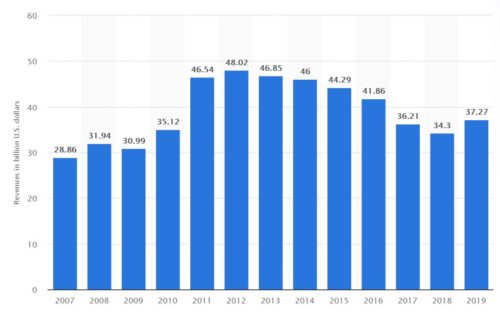I learned about this one from a press release: “Can eating mangoes reduce women’s facial wrinkles?”
A new study from researchers at the University of California, Davis, finds eating Ataulfo mangoes, also known as honey or Champagne mangoes, may have another benefit — reducing facial wrinkles in older women with fairer skin. The study was published in the journal Nutrients.
Postmenopausal women who ate a half cup of Ataulfo mangoes four times a week saw a 23 percent decrease in deep wrinkles after two months and a 20 percent decrease after four months.
Surely, this can’t be serious? Who paid for this?
The study: Prospective Evaluation of Mango Fruit Intake on Facial Wrinkles and Erythema in Postmenopausal Women: A Randomized Clinical Pilot Study. Vivien W. Fam, Roberta R. Holt Carl L. Keen, Raja K. Sivamani . and Robert M. Hackman. Nutrients 2020, 12(11), 3381; https://doi.org/10.3390/nu12113381
Method: Women were given either 85 g or 250 g of mangos to eat every day for 16 weeks. Their wrinkles were photographed and measured before and after.
Conclusion: “The intake of 85 g of mangos reduced wrinkles in fair-skinned postmenopausal women, while an intake of 250 g showed the opposite effect.”
Funding: “This study was supported in part by a grant from the National Mango Board (NMB)…which also supplied the fresh mangos for the study. The NMB had no role in the study design, data collection, data analysis, manuscript preparation, or publication decision.”
Conflicts of Interest: The authors declare no conflict of interest.
Comment: I love mangos (despite being somewhat allergic to them), but come on. According to the press release, the researchers “said it’s unclear why consuming more mango would increase the severity of wrinkles but speculate that it may be related to a robust amount of sugar in the larger portion of mangoes.” Another interpretation is that mangos have no effect (which makes more sense). In any case, this study did not compare mangos to any other fruit. This is a classic case of an industry-sponsored study coming out with results favorable to the sponsor’s interests and allowing those interests to be announced in a press release. The authors may think industry sponsorship does not create a conflict of interest, but much evidence strongly suggests that it does (I reviewed that evidence in my book, Unsavory Truth).
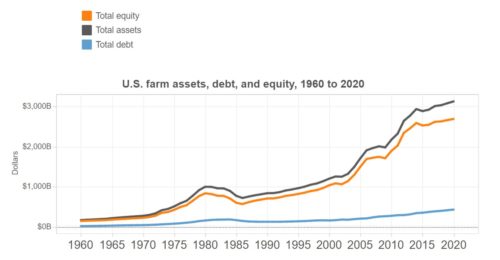
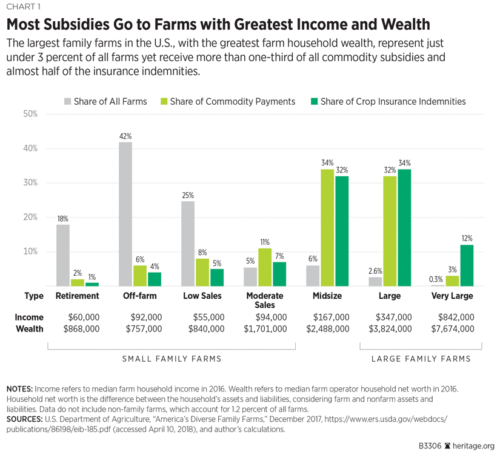
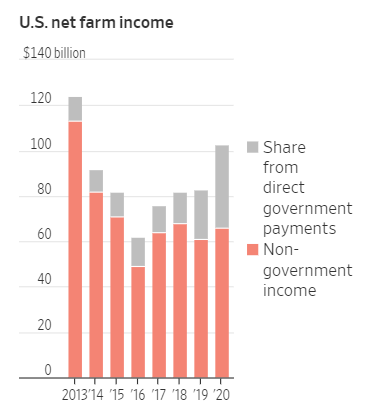

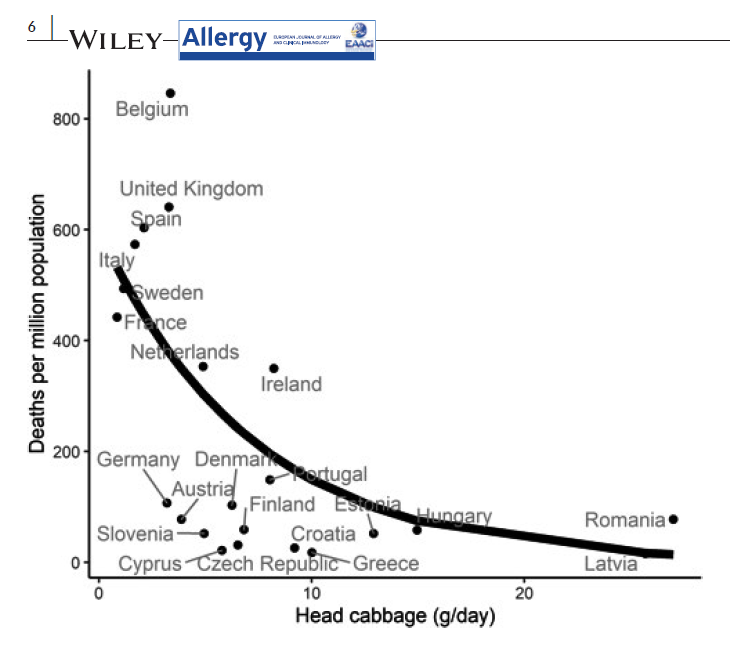
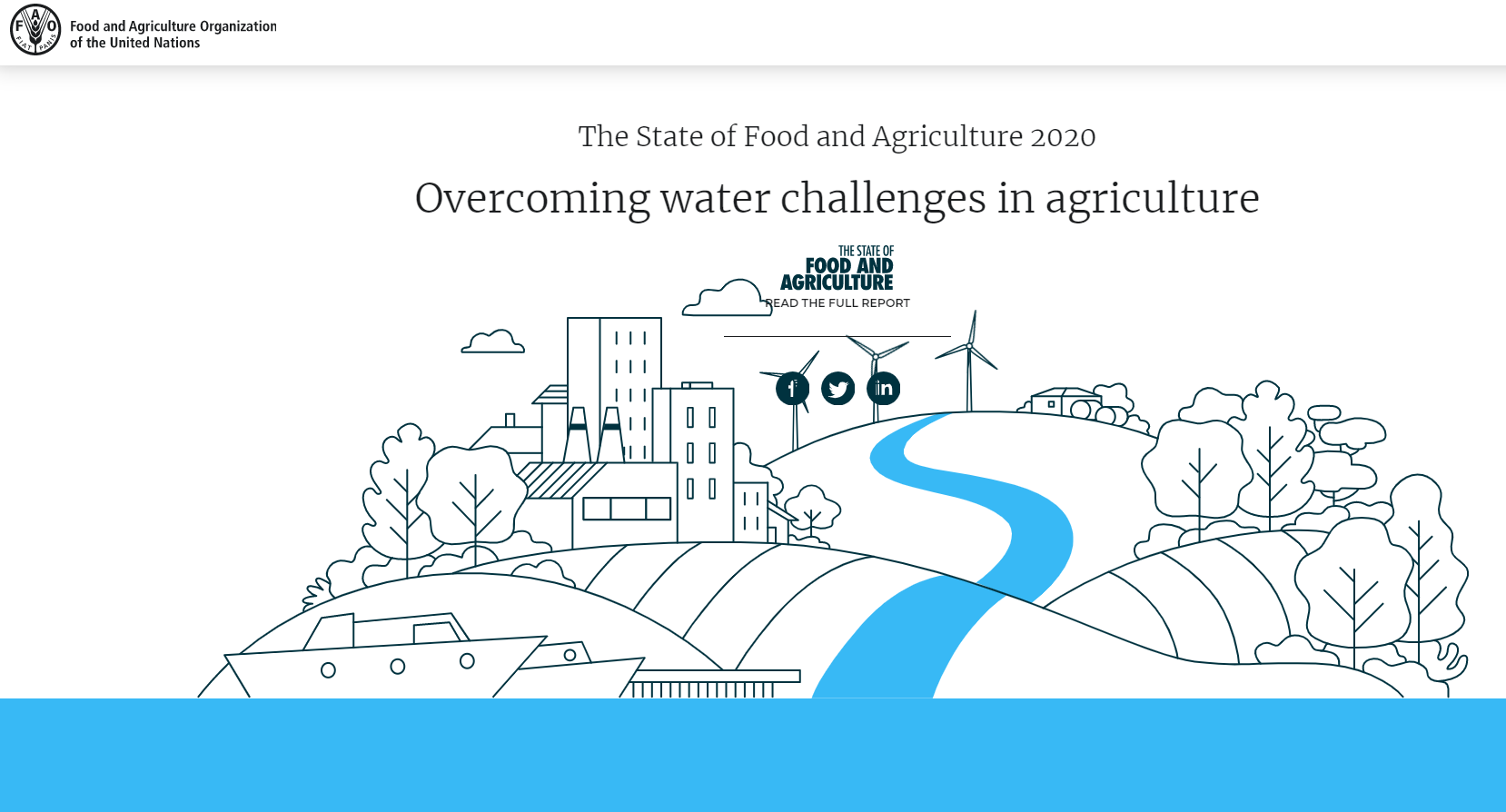
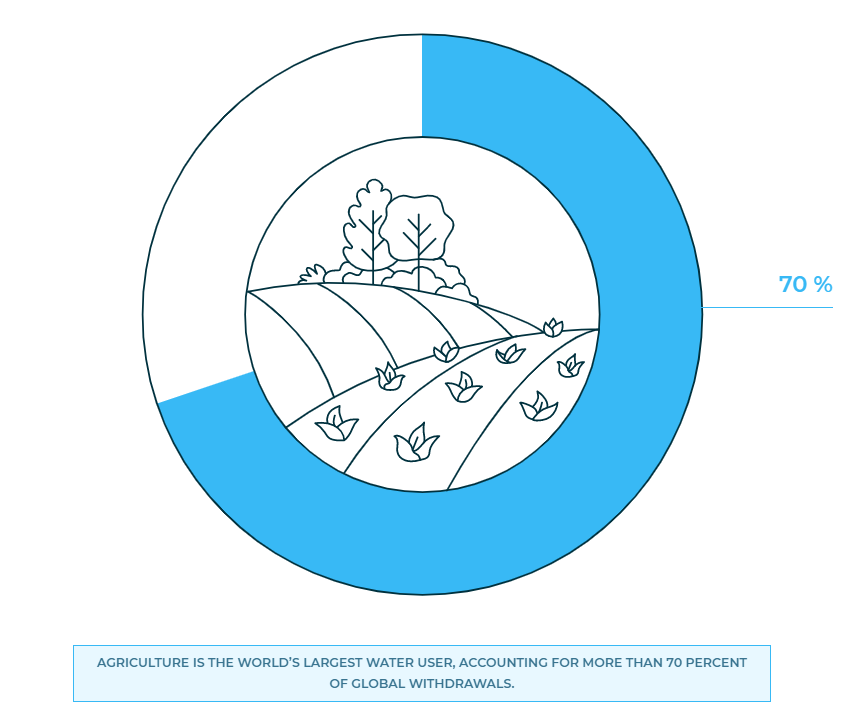 Everyone needs to pay attention to water use, and the teaser and the report state the policy recommendations.
Everyone needs to pay attention to water use, and the teaser and the report state the policy recommendations.